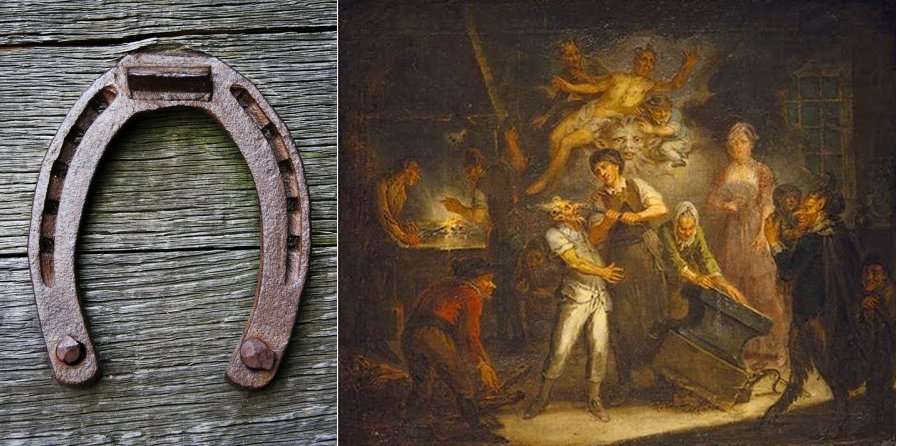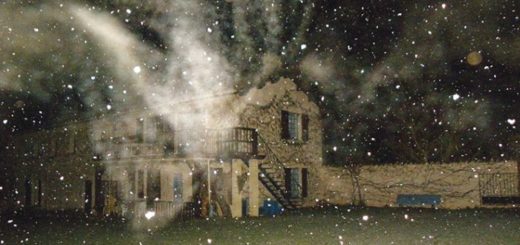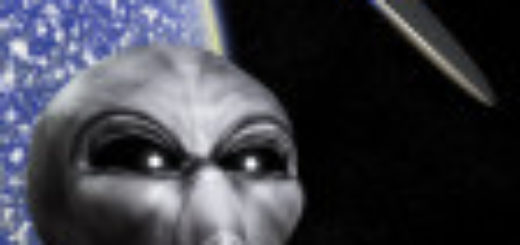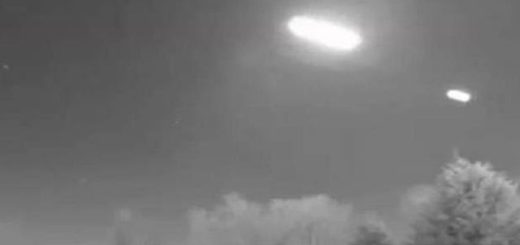How The Horseshoe Became A Symbol Of Good Luck
It’s a common ancient superstition that a horse is a symbol of good luck. The lucky emblem’s status has survived over the centuries and many ancient societies considered a horseshoe to be sacred. In modern times, there are still debates how a horseshoe should be positioned in order to bring good luck and ward off evil spirits.
The ancient history of how the horseshoe became associated with good luck is rather interesting.
One reason why horseshoes were considered lucky was because they were made by blacksmiths who held a high status in the society. It was believed that blacksmiths possessed supernatural skills and knowledge of white magic against witchery.
There were many famous blacksmith, such as for example Wayland the Smith who was a legendary master blacksmith and Lord of the Elves. Wayland the Smith was known under different names in the folklore of many ancient cultures; in French, he is Galand, in German folklore, this prominent figure is known as Wieland, in Norse mythology the smith is called Volund.

Ancient myths and legends tell stories about fairy folk that during the Stone Age period lived what is now Northern Europe and the British Isles.
Around 400 B.C. Celtic tribes invaded the lands and the fairy people had to hide in forests where they camouflaged themselves by wearing green clothes. Sometimes, the Celts encountered the mysterious, magical “little people” living in the woods, who were also referred to as elves and goblins.
There are many ancient stories about the fairy folk. Several of the tales have been passed down from one generation to another
Leprechaun is one of the most famous and powerful creatures of the Irish Faerie Folk.
In the very distant past, it was believed that witches got their power from the fairy people. The fairies were accused of causing many misfortunes among the settlers. People believed the creatures possessed evil powers and they could cast spells. However, people became convinced the fairies were afraid of iron. Horseshoes were made of iron, a metal that was considered sacred in ancient times.
To ward off goblins and evil spirits from their homes, the people hung iron horseshoes over their front doors. “Horseshoes were doubly frightening to the little people because they looked like the Celtic moon god’s crescent,” Donald E. Dossey states in his book, “Holiday Folklore, Phobias, and Fun.”
Legend credits St. Dunstan with having given the horseshoe, hung above a house door, special power against evil. St Dunstan, the 10th century English saint, was born near Glastonbury in England.
Dunstan was a blacksmith and he became the Archbishop of Canterbury in 959 A.D. became the Archbishop of Canterbury. He is also St Dunstan, the 10th century English saint, was born near Glastonbury in England.
From the The Horse Shoe by Edward G. Flight, we learn that one day, St. Dustan was one day visited by a man who the saint quickly recognized as the devil.
The devil asked him to attach horseshoes to his cloven hooves. St. Dustan did what he was told but he also explained that to perform the service he would have to shackle the devil to the wall. The blacksmith deliberately made the job so excruciatingly painful that the bound devil repeatedly begged for mercy. St. Dunstan refused to release him until he gave his solemn oath never to enter a house where a horseshoe was displayed above the door.
This is the story behind one of the great traditions of folklore: the nailing of a horseshoe over a door.
Many people still believe that hanging a horseshoe in the home can ward off evil spirits, provided it hung with the two ends hanging up, forming a u-shape.
Written by Ellen Lloyd – AncientPages.com
Copyright © AncientPages.com & Ellen Lloyd All rights reserved. This material may not be published, broadcast, rewritten or redistributed in whole or part without the express written permission of AncientPages.com and Ellen Lloyd
About the author:Ellen Lloyd – is the owner of AncientPages.com and an author who has spent decades researching ancient mysteries, myths, legends and sacred texts, but she is also very interested in astronomy, astrobiology and science in general



 Creators of mankind
Creators of mankind Description of “Tall white aliens”
Description of “Tall white aliens” Where they came from?
Where they came from? About hostile civilizations
About hostile civilizations The war for the Earth
The war for the Earth “Tall white aliens” about eternal life
“Tall white aliens” about eternal life Video: “Nordic aliens”
Video: “Nordic aliens” Aliens
Aliens Alien encounters
Alien encounters The aliens base
The aliens base UFO
UFO Technology UFO
Technology UFO Underground civilization
Underground civilization Ancient alien artifacts
Ancient alien artifacts Military and UFO
Military and UFO Mysteries and hypotheses
Mysteries and hypotheses Scientific facts
Scientific facts


















